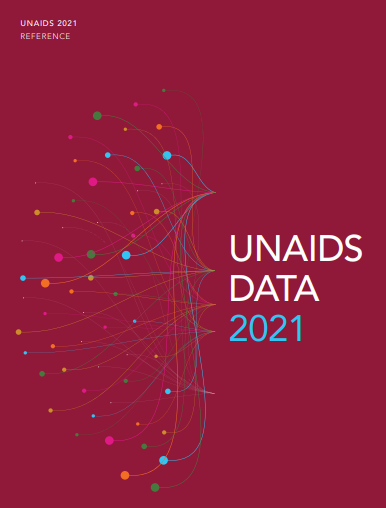WHO Regional Office is calling for a regional initiative to End the HIV Treatment Crisis in the Region with the aim of achieving universal coverage of HIV treatment by 2020. Despite commendable efforts made to make antiretroviral therapy available in all countries of the Region for almost a decade, in 2011 antiretroviral therapy (ART) coverage did not exceed 14%, by far the lowest coverage globally.
While new infections are on the decline globally they continue to increase at a high rate in the Middle East and North Africa. With every new infection the number of people living with HIV in need of treatment in future is rising, too.
HIV treatment is vitally important as it delays the progression of the disease, improves quality of life and increases life expectancy. Beyond the advantages for individuals, treatment has also public health benefits. A person who is successfully treated is less likely to transmit the infection to others.
Low coverage of ART
Low ART coverage results from an accumulation of failures and weaknesses of current HIV control strategies and programmes in the Region (Figure 1). While knowing one's HIV status is a precondition for accessing treatment, still most people living with HIV in the Region do not know that they are HIV-infected. And most people at risk of infection do not have access to prevention services.
The objective of the initiative is to mobilize urgent remedial action to accelerate treatment scale-up in order to end the treatment crisis in the Eastern Mediterranean/MENA Region.
With strong ownership, political will and the right policies and strategies in place governments can achieve this goal in partnership with civil society and the private sector. Simplified technologies at reasonable cost continue to become available. They will further facilitate integration and decentralization of HIV diagnosis, care and treatment. These strategies will help countries to gradually increase coverage of treatment to reach the regional target of putting 50% of PLHIV in need of treatment on ART by 2015, and gradually scale up to reach universal coverage by 2020.
Figure 1. Coverage of antiretroviral therapy, low- and middle-income countries by region, 2011
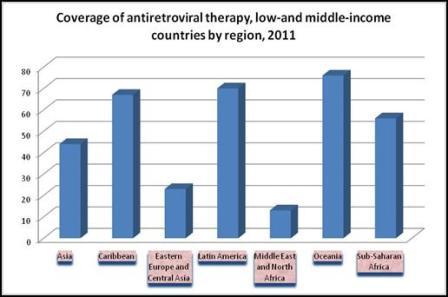





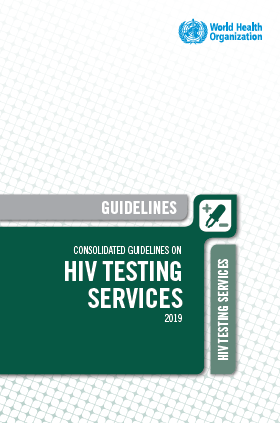 Consolidated guidelines on HIV testing services
Consolidated guidelines on HIV testing services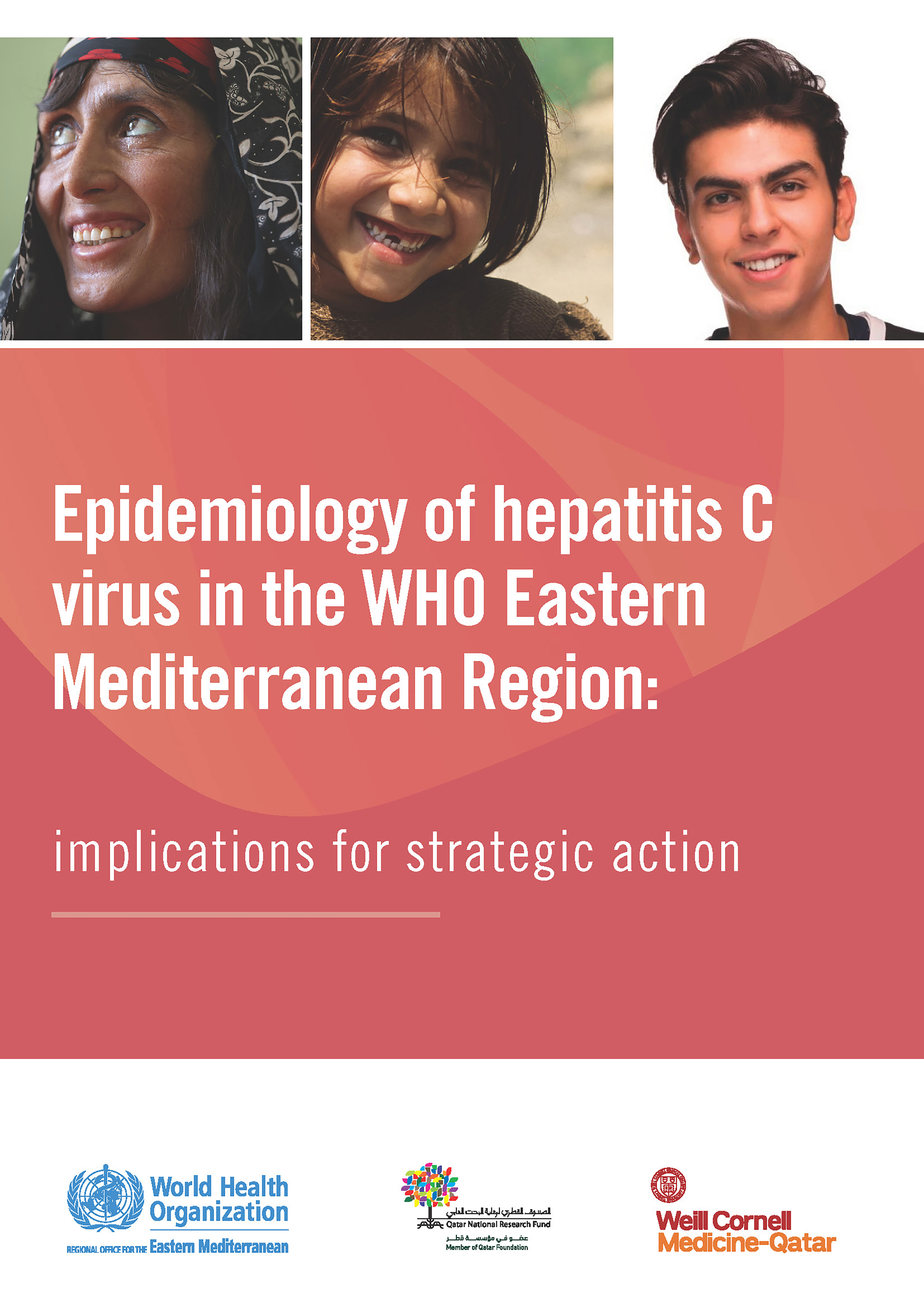 Epidemiology of hepatitis C virus in the WHO Eastern Mediterranean Region: implications for strategic action
Epidemiology of hepatitis C virus in the WHO Eastern Mediterranean Region: implications for strategic action HIV test–treat–retain cascade analysis: Guide and tools 2017 Second edition
HIV test–treat–retain cascade analysis: Guide and tools 2017 Second edition
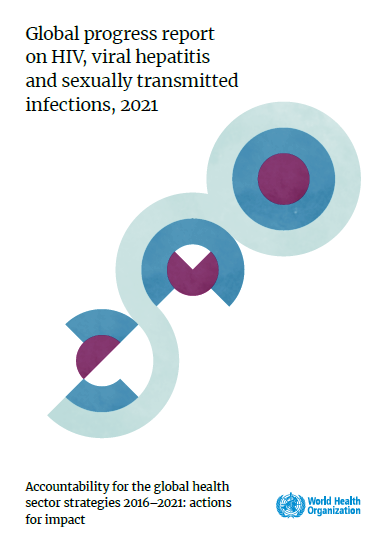 Global progress report on HIV, viral hepatitis and sexually transmitted infections, 2021
Global progress report on HIV, viral hepatitis and sexually transmitted infections, 2021